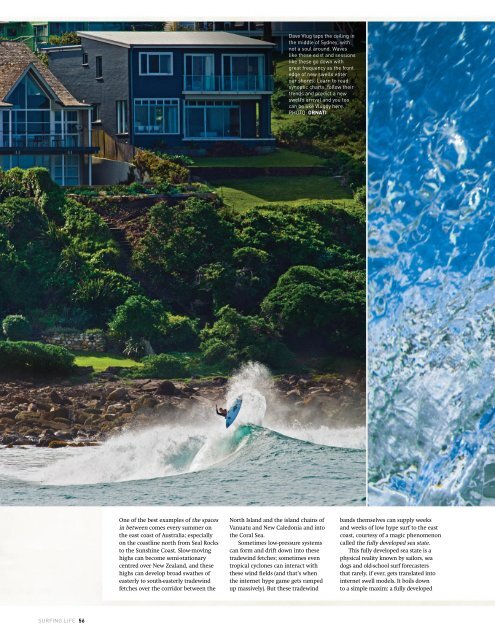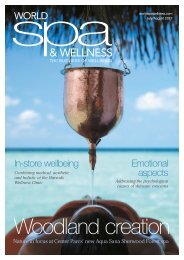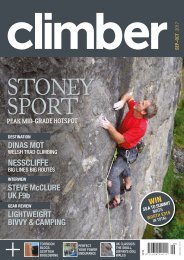Surfing Life 2017
- No tags were found...
Create successful ePaper yourself
Turn your PDF publications into a flip-book with our unique Google optimized e-Paper software.
Dave Vlug taps the ceiling in<br />
the middle of Sydney, with<br />
not a soul around. Waves<br />
like these exist and sessions<br />
like these go down with<br />
great frequency as the front<br />
edge of new swells enter<br />
our shores. Learn to read<br />
synoptic charts, follow their<br />
trends and predict a new<br />
swell’s arrival and you too<br />
can be like Vluggy here.<br />
PHOTO: ORNATI<br />
One of the best examples of the spaces<br />
in between comes every summer on<br />
the east coast of Australia; especially<br />
on the coastline north from Seal Rocks<br />
to the Sunshine Coast. Slow-moving<br />
highs can become semi-stationary<br />
centred over New Zealand, and these<br />
highs can develop broad swathes of<br />
easterly to south-easterly tradewind<br />
fetches over the corridor between the<br />
North Island and the island chains of<br />
Vanuatu and New Caledonia and into<br />
the Coral Sea.<br />
Sometimes low-pressure systems<br />
can form and drift down into these<br />
tradewind fetches; sometimes even<br />
tropical cyclones can interact with<br />
these wind fields (and that’s when<br />
the internet hype game gets ramped<br />
up massively). But these tradewind<br />
bands themselves can supply weeks<br />
and weeks of low hype surf to the east<br />
coast, courtesy of a magic phenomenon<br />
called the fully developed sea state.<br />
This fully developed sea state is a<br />
physical reality known by sailors, sea<br />
dogs and old-school surf forecasters<br />
that rarely, if ever, gets translated into<br />
internet swell models. It boils down<br />
to a simple maxim: a fully developed<br />
SURFING LIFE 56






